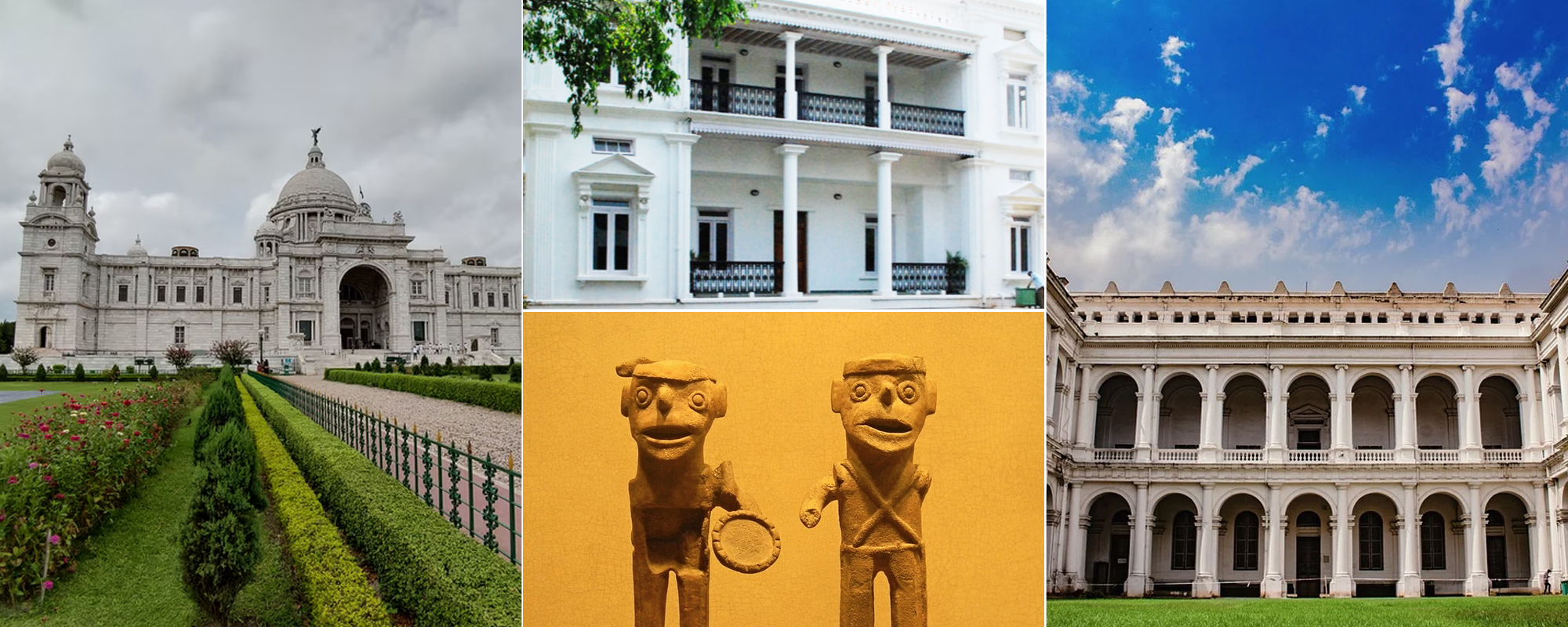
History is the study of past events and how they have shaped the present. It is important because it helps us understand our roots and culture, learn from past mistakes, and appreciate the achievements and struggles of our ancestors. Studying history from an Indian perspective is significant because it allows us to connect with our heritage, learn about our diverse culture, and understand the challenges and contributions of our people. It helps foster a sense of identity, and unity and provides valuable insights for making informed decisions and shaping a better future.
It also enables us to appreciate the rich culture and tradition of ancient civilizations, the philosophical and spiritual traditions that originated in India, and the profound impact they have had on global thought and culture. It provides a deeper understanding of the social, political, and economic transformations that have shaped the Indian subcontinent over centuries. By exploring the struggles and achievements of figures like Mahatma Gandhi, Rabindranath Tagore, and Jawaharlal Nehru, we gain inspiration and role models who have shaped the course of India's journey towards independence and nation-building. Overall, studying history from an Indian perspective allows us to celebrate our heritage, learn from the past, and forge a path toward a brighter and more inclusive future.
India has a rich and diverse history that spans thousands of years. From ancient civilizations like the Indus Valley to the powerful empires of Maurya, Gupta, and Mughal, India has witnessed the rise and fall of various dynasties and the influence of different cultures and religions. Understanding and learning from India's past is crucial because it provides us with valuable insights into the achievements, challenges, and cultural heritage of our ancestors. By studying history, we can appreciate the contributions of great leaders, artists, and thinkers, and gain a deeper understanding of our roots and identity. Additionally, learning from India's past helps us avoid repeating mistakes, promotes cultural appreciation, and fosters a sense of unity and pride in our shared heritage.
Copyright 2012-2024 Indiamap Digital Private Limited. All rights reserved. Privacy Policy | Terms of Use